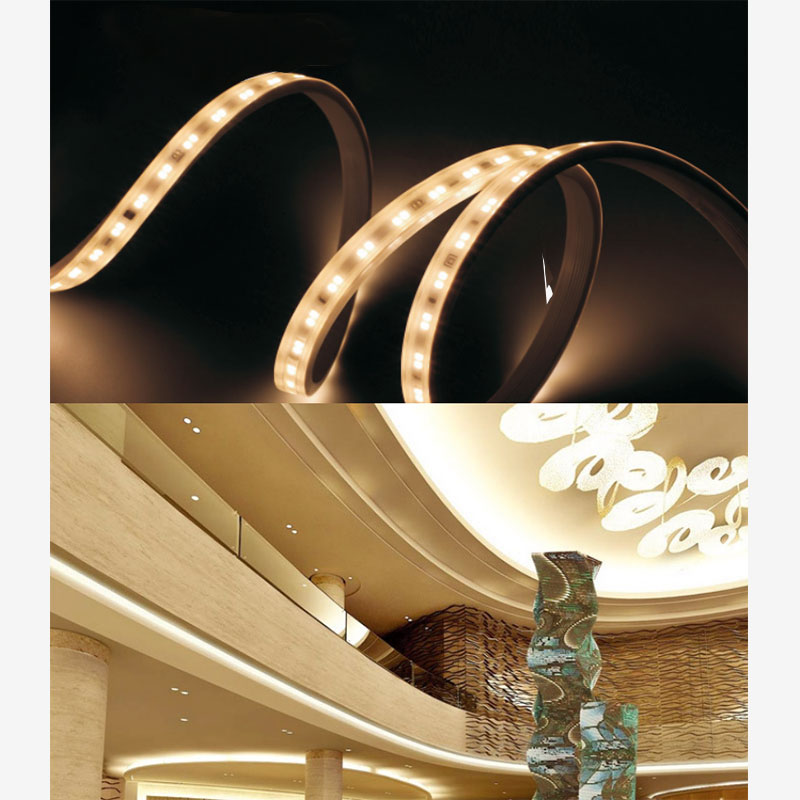LED Indoor Lighting: Energy-Efficient and Versatile Illumination for Every Space
2025-07-03
LED indoor lightinghas revolutionized the way we light up homes, offices, and commercial spaces by offering superior energy efficiency, long lifespan, and versatile design options. Whether used for ambient, task, or accent lighting, LEDs provide bright, consistent illumination with minimal power consumption.
What Is LED Indoor Lighting?
LED (Light Emitting Diode) indoor lighting refers to light fixtures and bulbs that use semiconductor technology to produce light efficiently and with low heat emission. Unlike traditional incandescent or fluorescent bulbs, LEDs convert most of the electrical energy into light, making them more environmentally friendly and cost-effective over time.

Key Benefits of LED Indoor Lighting
Energy Efficiency:LEDs use up to 80% less energy compared to incandescent bulbs, significantly reducing electricity bills.
Long Lifespan:Typically lasting 25,000 to 50,000 hours, LED lights require less frequent replacements.
Variety of Designs:Available in numerous shapes, sizes, and color temperatures to fit different décor and lighting needs.
Instant Lighting:LEDs turn on instantly without warm-up time.
Low Heat Emission:Safer to use and less likely to cause overheating.
Dimmable Options:Many LED fixtures support dimming for customizable ambiance.
Environmentally Friendly:Free of mercury and other toxic substances, and fully recyclable.
Common Types of LED Indoor Lighting
1. LED Bulbs:Direct replacements for traditional bulbs, suitable for lamps and ceiling fixtures.
2. LED Panels:Slim, flat panels ideal for offices and commercial ceilings.
3. LED Downlights:Recessed fixtures for focused or general lighting.
4. LED Strip Lights:Flexible strips for accent lighting in coves, under cabinets, or shelves.
5. Pendant and Chandeliers:Stylish fixtures combining LED technology with decorative design.
6. Track Lighting:Adjustable fixtures mounted on a track for directional lighting.
Applications of LED Indoor Lighting
Residential:Living rooms, kitchens, bedrooms, bathrooms, and hallways.
Commercial:Offices, retail stores, restaurants, and hotels.
Educational Facilities:Classrooms, libraries, and laboratories.
Healthcare:Hospitals and clinics requiring bright, clean lighting.
Hospitality:Hotels, lobbies, and event spaces for mood and accent lighting.
How to Choose LED Indoor Lighting
Brightness (Lumens):Match lumens to room size and task requirements.
Color Temperature:Choose warm white (2700K–3000K) for cozy spaces or cool white (4000K–5000K) for work areas.
Fixture Style:Select designs that complement the interior décor.
Energy Rating:Look for ENERGY STAR or equivalent certifications.
Compatibility:Ensure dimmers and controls are compatible with LED fixtures.
Conclusion
LED indoor lighting offers a sustainable, cost-effective, and versatile solution for illuminating indoor spaces. With a wide array of designs and technologies, LEDs enhance both the functionality and aesthetics of any room, while significantly cutting energy consumption and maintenance costs. Whether upgrading existing fixtures or designing new spaces, LED indoor lighting is the smart choice for modern illumination.


